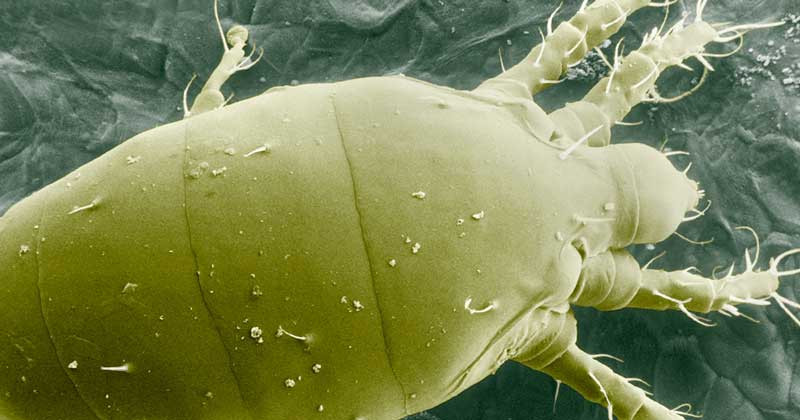Broad Mites Polyphagotarsonemus latus

Broad mites are members of the Tarsonemidae family, known as the ‘white mites’. Another member of this family that attacks cannabis is the Cyclamen mite. Both mites cause similar damage.
FAQs About Broad Mites
Broadmites are a microscopic species in the arachnid family which can be very difficult to detect until crop damage is observed. The first indications of Broadmite damage usually occur on young leaves near the petiole. Deformed growth or dark brown spots or streaks on the leaf can be symptoms of Broadmite infestation but only an evaluation of the leaf with 40x or higher magnification will be able to positively identify Broadmite as the culprit.
You can use this widget to input arbitrary HTML code into the page. Invalid HTML code may cause issues with the preview pane.
Like most pests, Broadmites spread by mechanical means within a crop: on tools, clothing, or plant material. They can survive in a facility that regularly cycles new plants without properly sterilizing between crops.
Questions About Broad Mites?
Our team of experts is at your disposal to help you make the best decisions according to the particular needs of your crop. Do not hesitate to call us during normal business hours at (503) 342-6698 or write us through our chat to provide you with personalized service. We will be more than happy to help you!


